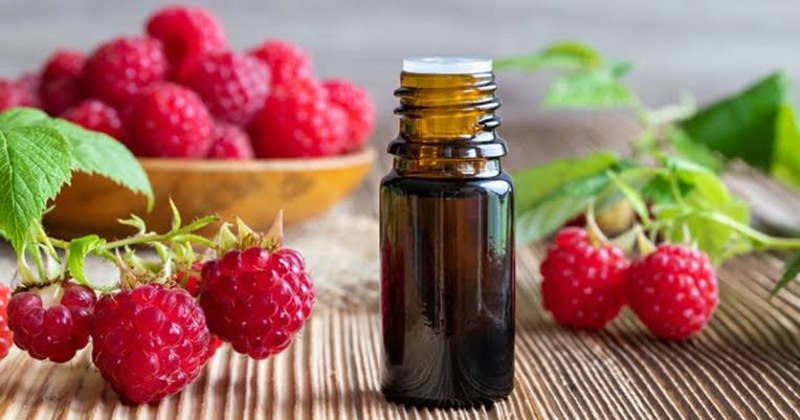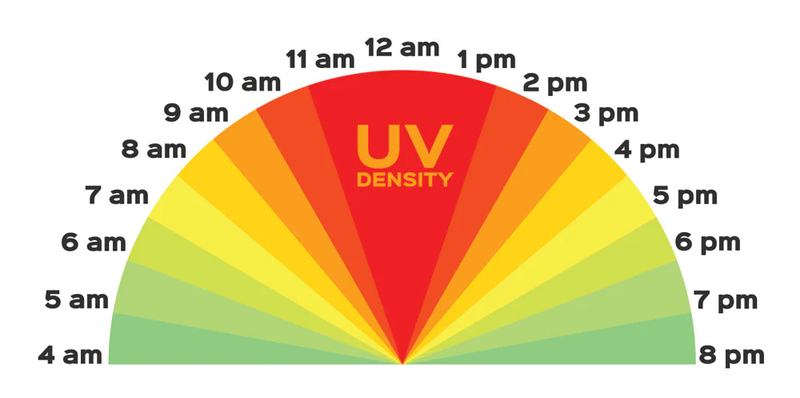Any skincare routine critically includes sunscreen, which shields our skin against the detrimental impact of ultraviolet (UV) rays from the sun. Nevertheless, manufacturers do not uniformly create all sunscreens. Understanding the ingredients in your sunscreen is crucial to guarantee that you provide your skin with optimal protection. In this article, we will explore the realm of natural and nourishing components present in sunscreens. We aim to equip you with the knowledge that empowers informed decisions for skin health, a guide towards achieving healthier even radiant skin.
The Power of Natural Sunscreen Ingredients
Zinc Oxide and Titanium Dioxide
Zinc oxide and titanium dioxide, the powerhouse ingredients, function as physical blockers in natural sunscreens. They form a protective barrier on the skin's surface. By reflecting and scattering UV rays, not allowing their penetration into the skin.
These minerals serve as an effective shield against them. Individuals with sensitive skin may find them particularly suitable, as they have a lower likelihood of inducing irritation or allergic reactions.
Algae Extracts
Rising stars in the realm of natural sunscreens, Algae extracts, packed with antioxidants, are not only effective at neutralizing free radicals produced by UV exposure but also contribute to the texture of the sunscreen.
They offer a lightweight and easily spreadable formula without compromising on effectiveness.
Natural Sunscreen - A Symphony of Plant Extracts
Green Tea Extract
Not merely a popular beverage, green tea extract also serves as a potent ingredient in natural sunscreens. Rich in polyphenols, it offers antioxidant protection. It reduces the oxidative stress that UV radiation causes. This is its primary function. Further to this, due to its anti-inflammatory properties, it becomes an excellent choice for soothing sun-exposed skin.
Raspberry Seed Oil
Acting as a natural booster to sunscreen formulations, abundant in essential fatty acids and antioxidants, Raspberry seed oil indeed is a hidden gem in natural skincare. It enhances the SPF of the sunscreen and nourishes skin providing an invigoratingly refreshing feel.

Nourishing Sunscreen Components for Healthy Skin
Vitamin E - Repairing and Rejuvenating
Beyond providing protection, a nourishing sunscreen actively enhances your skin's health and vitality. The potent antioxidant Vitamin E plays an essential role in this process. It aids the repair and rejuvenation of skin by reducing UV-induced damage effects. Look for sunscreens enriched with vitamin E to promote skin health.
Shea Butter - Moisture Lock for Hydrated Skin
Derived from the nuts of the shea tree, shea butter adds a touch of luxury to nourishing sunscreens. Its moisturizing properties are renowned, as it forms an effective barrier on the skin that prevents moisture loss.
This guarantees optimal hydration for your skin, a crucial factor when countering exposure to sun-induced drying effects.
Choosing the Right Sunscreen for Your Skin Type
For Sensitive Skin - Fragrance-Free Formulas
For those with sensitive skin, choose fragrance-free sunscreen formulas. Fragrance-free sunscreens, by reducing the risk of irritation and providing gentler care for delicate skin, offer a safer, more comfortable experience. Seek out labels that indicate "fragrance-free" or "hypoallergenic". This will ensure an even better experience in terms of safety and comfort.
For Oily or Acne-Prone Skin - Non-Comedogenic Formulations
Choose non-comedogenic sunscreens if you have oily or acne-prone skin. These formulations, by not clogging pores, prevent breakouts and provide effective sun protection. To maintain clear and protected skin, actively seek products labeled as "non-comedogenic."
Sunscreen Application Tips for Maximum Effectiveness
- Apply Generously and Reapply Often
Apply your sunscreen generously to all areas of exposed skin to maximize its effectiveness. Remember the ears, neck, and tops of your feet are often overlooked. Ensure you cover these regions too.
To maintain continuous protection throughout the day, reapply every two hours. Increase this frequency further if engaging in activities that promote sweat or involve swimming.
- Layering with Other Skincare Products
Incorporate your sunscreen into a comprehensive skincare routine. Apply it as the concluding step before makeup or other skincare products. This practice will guarantee that the sunscreen establishes an unyielding barrier against harmful UV rays, thus offering essential protection for your skin.
- Sunscreen for Different Activities
Tailor the choice of your sunscreen to align with your activities. For instance, if you plan on spending a day at the beach or pool, opt for water-resistant formulas. Similarly, when engaging in outdoor sports, select a sweat-resistant sunscreen.
This ensures consistent protection during rigorous physical exertion. Understanding your activities' specific needs equips you to choose the most appropriate sunscreen for each occasion.
- Sunscreen and Makeup Compatibility
Consider utilizing sunscreen-infused foundations or powders if you choose to wear makeup. This strategy permits the unobtrusive reapplication of sunscreen throughout your day without disturbing your cosmetically enhanced appearance.
Numerous cosmetic brands furnish products with supplementary SPF. Thus, they not only simplify but also bolster protective measures in skincare routines.
- Sunscreen Under Clothing
Clothing, though it does offer a measure of sun protection, requires the application of sunscreen underneath. Ultraviolet rays can permeate even lightweight fabrics. Therefore, you must diligently apply thin layers of sunscreen to all exposed areas.
This rule applies indiscriminately, whether you are fully covered or not. By taking such extra precautions, comprehensive skin protection is ensured and maintained at all times.
- Mindful Sun Exposure
Strategically plan your sun time. Reduce exposure during peak hours. The sun's rays peak in strength between 10 AM and 4 PM. Therefore, schedule outdoor activities for either the early morning or late afternoon. This strategy reduces the UV intensity of exposure. It serves as a complement to your sunscreen's protective measures.

- Regular Skin Checks
Integrate regular skin checks into your routine. Monitor for changes, specifically, new moles or irregularities. Sunscreen serves as a vital preventive measure.
However, being proactive regarding your skin's health encompasses self-examination. Should you discern concerning alterations in your skin condition, promptly consult with a dermatologist for a professional evaluation.
- Sun Protection Beyond Summer
Commit to year-round sun protection. Harmful UV rays can penetrate your skin even during cloudy days or in winter. Therefore, incorporate sunscreen into your daily skincare routine, unwaveringly, independent of the season. Ensuring continuous protection and contributing to your skin's long-term health: this is the result of consistently practicing it.
To conclude, your choice of sunscreen extends beyond the simple selection of a product boasting high SPF. It should entail understanding the natural and nourishing ingredients present in sunscreens. This knowledge empowers you to make well-informed decisions regarding your skin's health and overall well-being.
As you integrate these beneficial components into your skincare regimen, they serve not only as protection against detrimental UV rays but also promote enhanced vitality for your skin. Embrace the power of natural and nourishing sunscreens for a radiant and sun-protected complexion.

Why Kelp Deserves a Spot in Your Kitchen: Top 8 Health Benefits
Jan 08, 2024

Best Prebiotic Foods
Dec 22, 2023

7 Items You Should Add To Your Shampoo For Fast Hair Growth
Jan 03, 2024

Understanding Scalp Sensitivity
Dec 31, 2023

Comprehensive Guide to Carbohydrates
Jan 02, 2024

The Ozempic Equation: Does Age Influence Its Effects?
Oct 02, 2023

Everything You Need to Know About Migraine
Dec 15, 2023

Is It Safe to Sleep in Contacts? Unraveling the Facts
Jan 25, 2024



